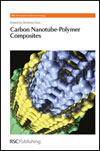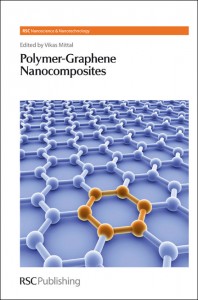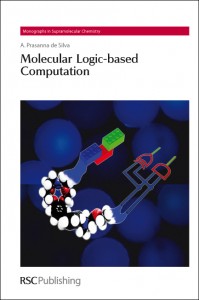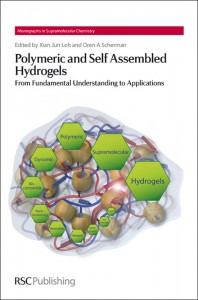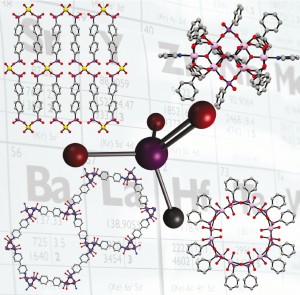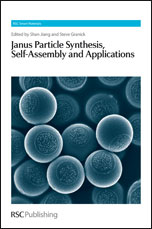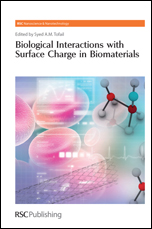 Books Review: Biological Interactions with Surface Charge in Biomaterials
Books Review: Biological Interactions with Surface Charge in Biomaterials
Edited by Syed A. M. Tofail
RSC Publishing | 2012 | 276pp | £121.99 (HB) | ISBN 9781849731850
Reviewed by Eiichi Fukada, Kobayasi Institute of Physical Research, Tokyo, Japan and Emeritus Scientist, RIKEN, Wako, Japan
The book originates from the activity of a BioElectricSurface consortium, funded by the European Commission under the FP-7 Nanosciences, Nanotechnologies, Materials and New Production Technologies (NMP) program and discusses the crucial role surface charge plays in the interaction between materials in biological and medical applications. The first part of the book covers new findings in biology, e.g. bone growth by charged hydroxyapatite and photocatalytic effect in doped titania and includes useful explanations of the many modern techniques used to create and measure electric charges at surfaces and intersurfaces.
The first part of the book contains some very useful information, such as discussion of the polarization of hydroxyapatite, which increased bone growth on the negative surface while no growth was observed on the positive surface, and commentary on the increased photocatalytic activity of doped titania . This section also concisely, but thoroughly, analyses thermally stimulated depolarization current methods, the laser intensity modulation method of charge measurements, scanning probe, Kelvin probe force and electrostatic force microscopy, and the streaming potential measurement techniques used for wet cases. The techniques utilized for interfacial measurements, such as confocal laser scanning microscopy, are also covered in chapter 4.
Part 2 describes many practical examples in which the surface interactions play an essential role. For example, chapter 5 discusses immobilized enzymes on porous surfaces in biocatalysts, drug delivery, and biosensors, while chapter 6 goes on to describe improvement of the extracellular matrix (ECM) by the interactions of host tissue cells with the implant surface Chapters 7, 8 and 9 discuss antibody immobilization on solid surfaces, adhesion, proliferation and differentiation of bone-forming cells with electrostatic charge at biomaterials surfaces and interactions of biofilm-forming bacteria with abiotic surfaces. Endothelial cells and smooth muscle cells on the biomaterials surfaces, interactions of bacteria and fungi on biofilms in hospital acquired infections and immunological response of electrostatic charge at the surface of biomaterials are covered in chapters 10, 11 and 12. Such elaborate discussions show the relevance of surface charge in biological interactions at and with non-biological surfaces and, I strongly believe, will provide a solid foundation for interested readers who are willing to bring innovative ideas of surface modifications to generate or control a specific biological response on implantable therapeutic devices.
Part 3 of the book is a logical progression from parts 1 and 2, and describes some of the important applications where surface charge is believed to play a significant role. These include: Community and hospital acquired infections of methicillin-resistant staphylococcus aureus (MRSA), MRSA-resistant textiles, inhibition of encrustation in urological devices and the reduction of restenosis in cardiovascular stents.
The book finishes with a general overview of a new class of materials, named as vector materials, where the interfaces between biomaterial and biological environment can be manipulated by the application of vectorial effects induced by electrical polarization.
Surface charges are frequently experienced by the frictional electricity in textiles. The infection of bacteria and the restenosis of implanted stenosis are broadly concerned matters in the society. As a basic research, it is noteworthy that negatively charged hydroxyapatite induces new bone. The book shows that the study of electric charge in surfaces is important to understand the basic mechanism of all these matters. The many topics introduced in this book promises more rapid progress in future research.
The abbreviation of technical words sometime hinders the understanding of sentences, but the subject index at the end of the book helps greatly to solve this difficulty. The arrangement of chapters is also well ordered. The Editor’s kind efforts are appreciated.
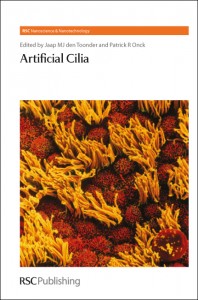 With the publication of its latest title, Artificial Cilia edited by Jaap den Toonder and Patrick Onck, the RSC Nanoscience & Nanotechnology Series celebrated publishing 30 books in the Series.
With the publication of its latest title, Artificial Cilia edited by Jaap den Toonder and Patrick Onck, the RSC Nanoscience & Nanotechnology Series celebrated publishing 30 books in the Series.

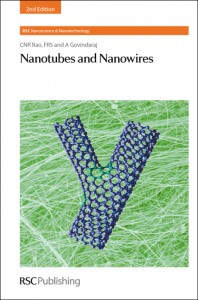









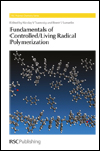
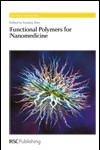
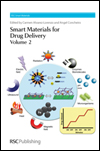
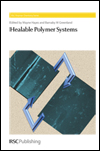 In the
In the 